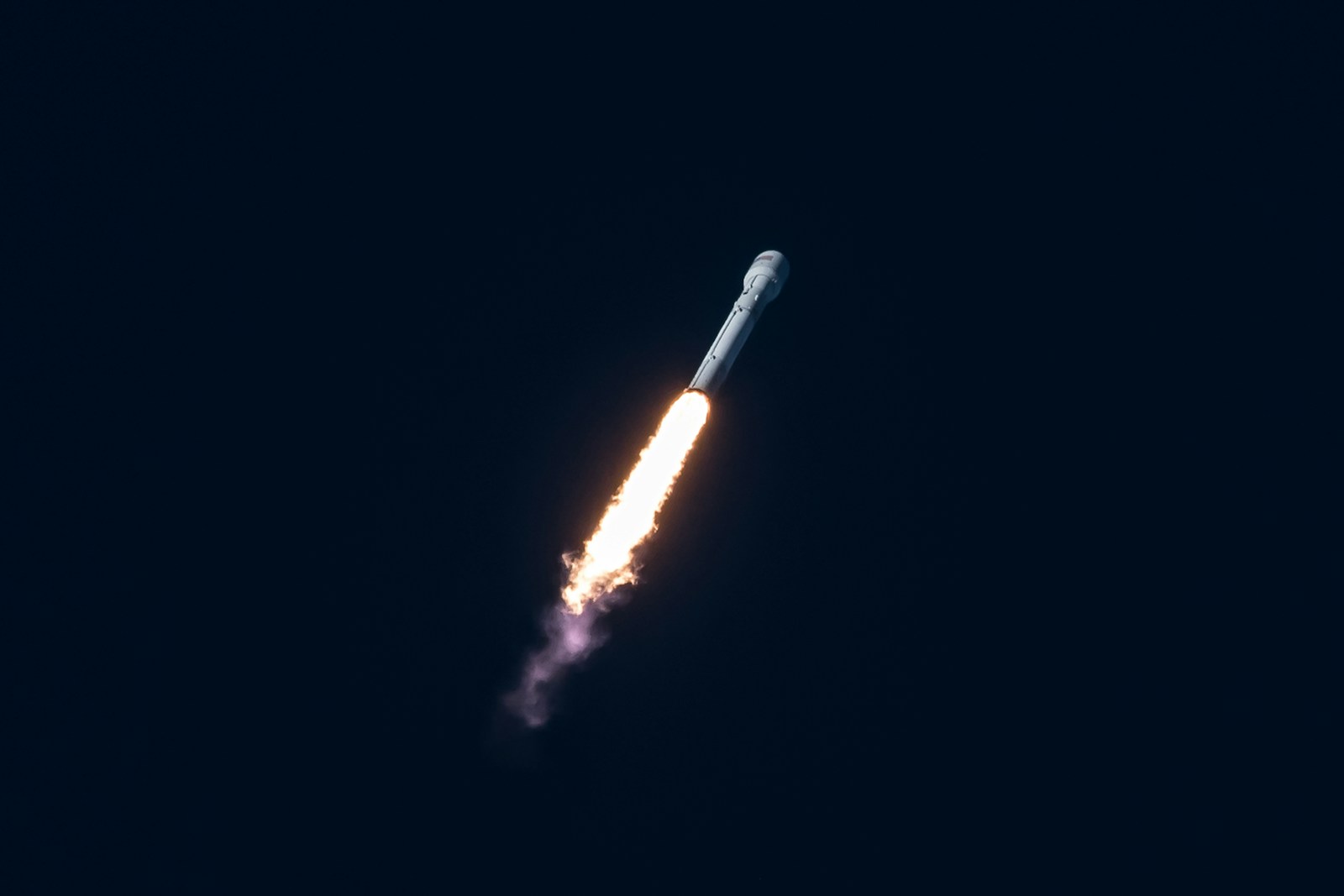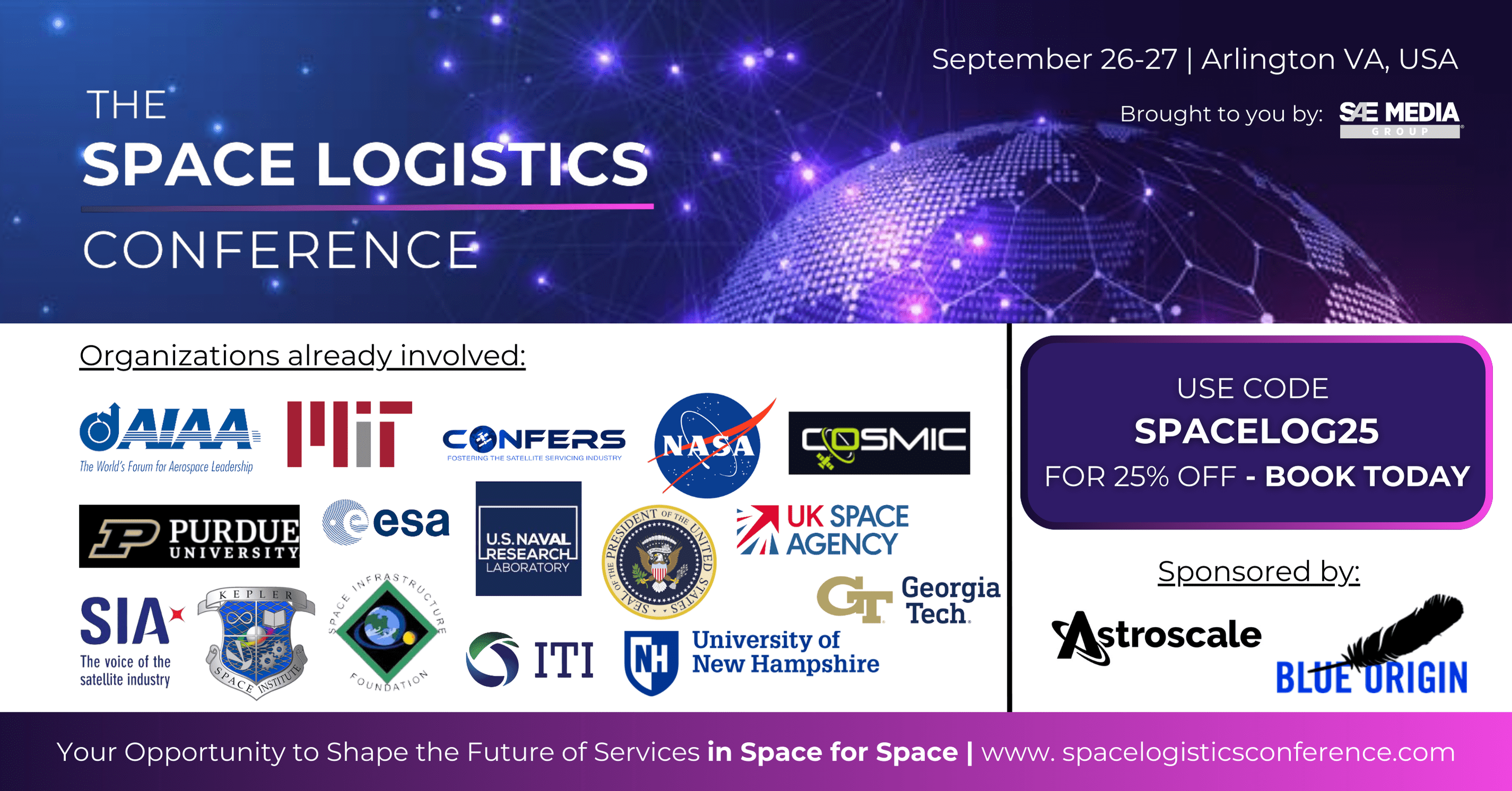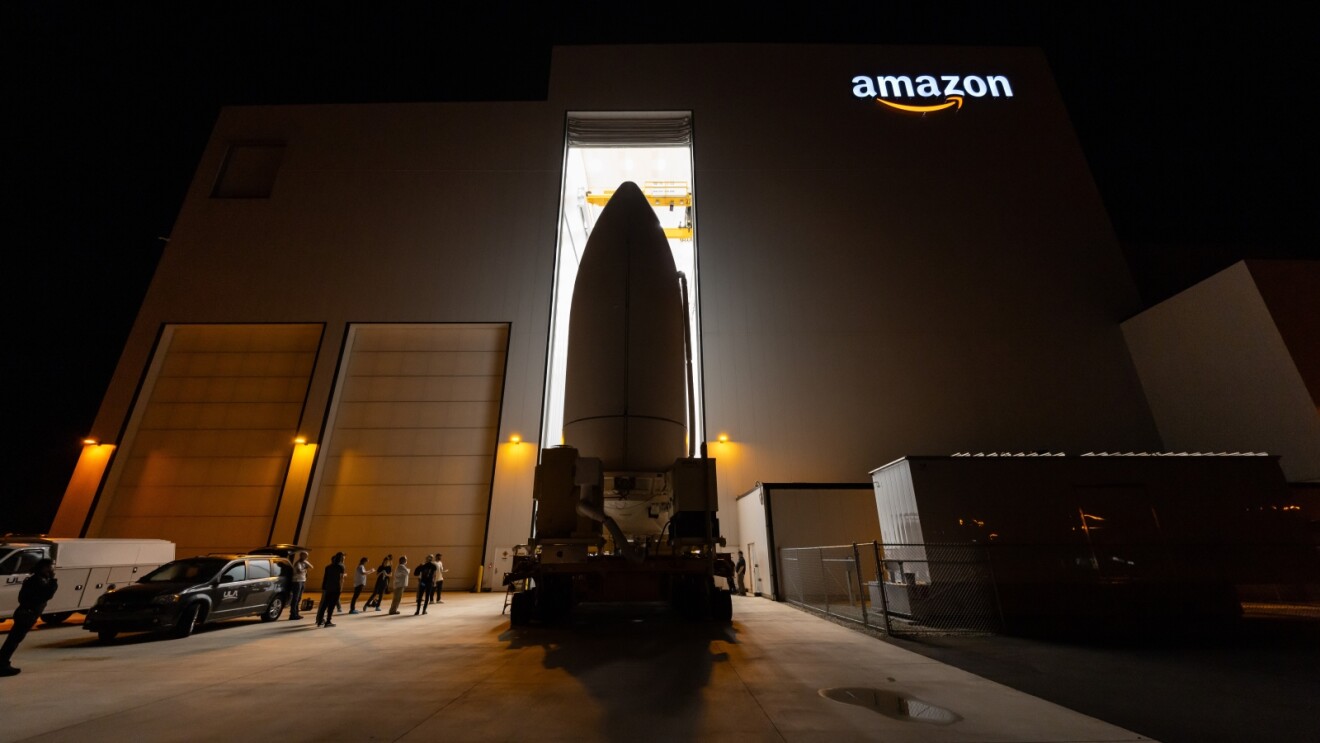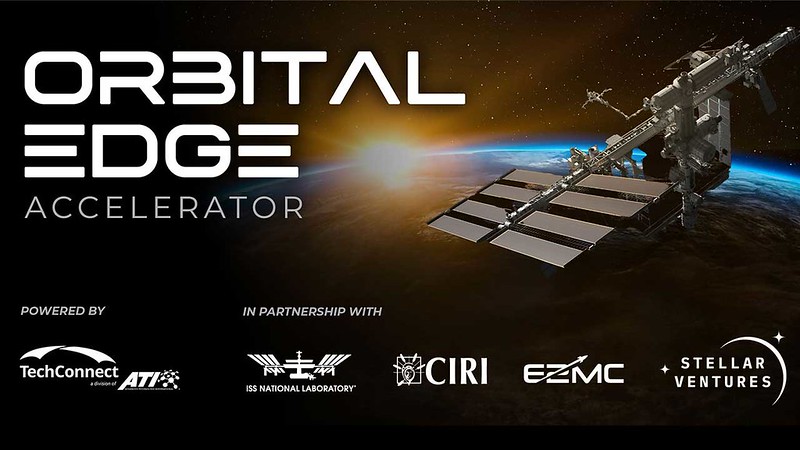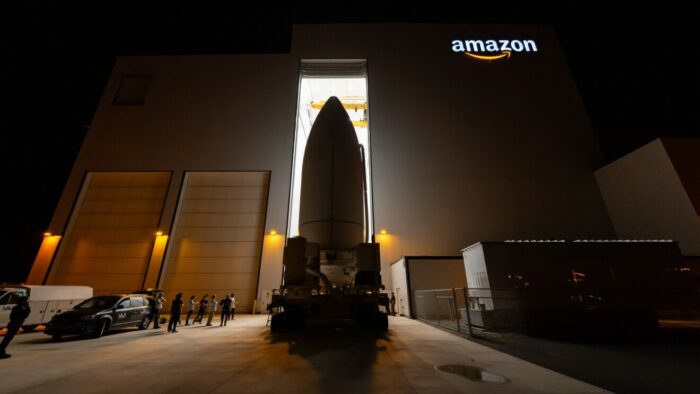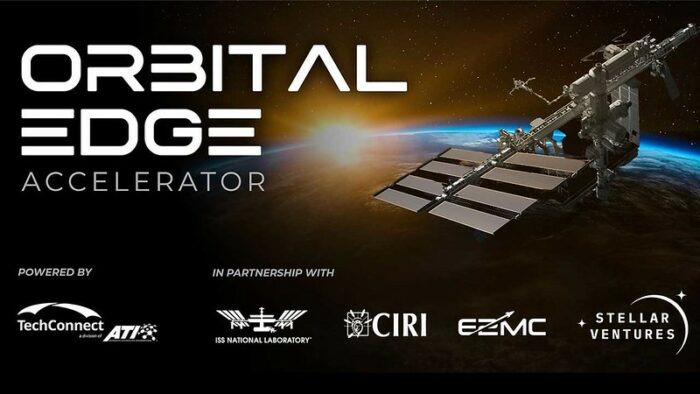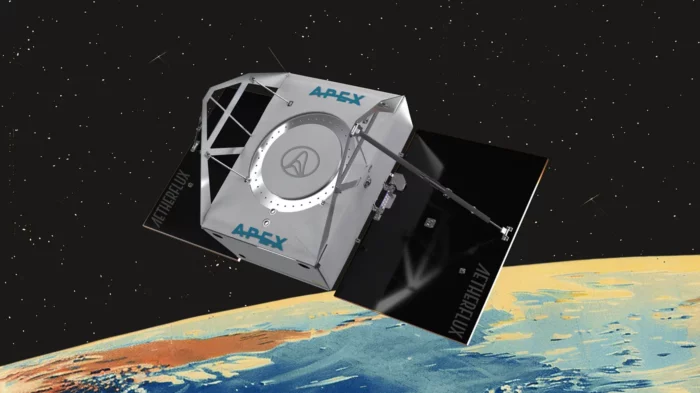Insider Brief
- A series of trade-offs among propulsion technologies determine preferred systems for deep-space missions, including crewed missions to Mars and asteroid exploration, according to a recent study in the preprint journal EnginRxiv, .
- The study analyzes Nuclear Thermal Propulsion (NTP), Chemical Rockets, Ion Thrusters, Nuclear Electric Propulsion (NEP), and Plasma Propulsion, highlighting their unique balances of thrust, efficiency, cost and technological readiness.
- Recommendations emphasize tailoring propulsion choices to mission requirements, with NTP suggested for manned missions, Ion and Plasma Thrusters for unmanned missions, and hybrid systems for advancing safety and feasibility.
Space exploration is no longer confined to the Moon or low-Earth orbit and many missions being envisioned today will go much deeper and last much longer. As plans for these crewed missions to Mars and asteroid mining gain traction, the propulsion technology powering these missions has come under scrutiny. Each technological option offers a range of trade-offs in efficiency, cost and practicality, shedding light on the engines that could take humanity to Mars and beyond.
This analysis, based on a study in the pre-print journal EnginRxiv, explores five leading contenders: Nuclear Thermal Propulsion (NTP), Chemical Rocket Engines, Ion Thrusters, Nuclear Electric Propulsion (NEP), and Plasma Propulsion Systems. Each offers a unique balance of thrust—the force that moves the spacecraft—and efficiency—how much propellant is used for the energy produced.

Nuclear Thermal Propulsion
NTP systems offer the ability to deliver high specific impulse — a measure of fuel efficiency — and moderate thrust make them a promising option for deep-space missions.
How It Works: Unlike chemical rockets, which rely on combustion, NTP uses a nuclear reactor to superheat hydrogen before expelling it at high speeds to generate thrust.
The study reports that this technology’s specific impulse is nearly twice that of chemical rockets, making it a contender for long-haul missions where fuel savings are critical. However, the safety risks associated with radioactive materials and the high upfront costs remain significant hurdles.
Chemical Rockets
Chemical rockets serve as the workhorses of current space missions. They excel in the raw power needed to escape Earth’s gravity, with thrust levels far surpassing other technologies. The engines that powered NASA’s Saturn V rocket — famous for the Apollo missions — produced an impressive 15,000 kilonewtons of thrust.
How They Work: Chemical rockets generate thrust through the chemical reaction of fuel and an oxidizer. They are categorized into solid, liquid, and hybrid engines. Solid rocket engines use solid propellants, offering simplicity and high thrust, making them suitable for launch phases. Liquid rocket engines provide higher efficiency and greater controllability by using liquid propellants. Hybrid engines combine solid fuel and liquid oxidizer to balance thrust and efficiency.
According to the study, chemical rockets are indispensable for launches, their lower efficiency and higher fuel requirements limit their suitability for extended missions.
Ion Thrusters And Plasma Propulsion Systems
Ion thrusters and plasma propulsion systems rank high in terms of their efficiency, according to the study.
Ion thrusters, for instance, boast specific impulse values as high as 6,000 seconds — nearly 20 times that of chemical rockets. Plasma propulsion — for example, the Variable Specific Impulse Magnetoplasma Rocket (VASIMR) — offers even higher efficiency at 8,000 seconds and the ability to adjust thrust levels during a mission.
How They Work: These systems rely on electric or magnetic forces to accelerate ionized gas, creating thrust with exceptional fuel efficiency. Specifically, ion thrusters generate thrust by ionizing a propellant, typically xenon, and accelerating the ions with electric fields. The expelled ions create a reactive force that propels the spacecraft forward. Plasma engines generate thrust by creating and accelerating ionized gas (plasma) using magnetic or electric fields.
These methods are highly efficient, offering a specific impulse ranging from 2,000 to 10,000 seconds. The high specific impulse makes the systems ideal for deep-space missions, where continuous but gentle thrust can gradually accelerate the spacecraft to high speeds over long durations.
But the drawback is these engines generate only gentle thrust, making them unsuitable for launch. Another drawback: their high energy requirements demand advanced power systems, such as nuclear generators or massive solar arrays, adding complexity to mission design.
Instead, their role may be relied on for deep space exploration, where gradual acceleration over time can propel spacecraft to extraordinary speeds.
According to the study, the combination of efficiency and control also makes ion thrusters and plasma systems particularly well-suited for missions like asteroid exploration or orbital adjustments, where precision and efficiency are needed rather than brute force.
Nuclear Electric Propulsion
A hybrid approach to nuclear energy appears in the form of Nuclear Electric Propulsion (NEP). This system could open doors for sustained propulsion over long durations. There are concerns about its design complexity and limited technological readiness.
How It Works: Unlike NTP, which uses nuclear energy directly for thrust, NEP generates electricity via a nuclear reactor and then powers electric thrusters. While this approach offers flexibility and efficiency comparable to ion thrusters, the study emphasizes that the integration of nuclear reactors with electric systems is a major challenge.
Each propulsion technology also comes with environmental and safety considerations. Chemical rockets contribute to atmospheric pollution with their propellant emissions, while NTP and NEP involve handling radioactive materials—a risk both on Earth and in space. Ion and plasma thrusters, on the other hand, generate minimal emissions but depend on rare propellants like xenon, raising questions about resource sustainability. “Striking a balance between environmental impact and mission requirements will be a defining challenge for future space exploration,” the study reports.
Costs
Costs will play a decisive role in which system — or systems — are used for long-term space exporation. The study provides a breakdown of development, manufacturing and operational expenses for each technology. Chemical rockets, being the most mature, are relatively economical to build and operate. NTP and NEP systems, however, carry higher research and development costs, reflecting the complexity of integrating nuclear reactors. Plasma propulsion, while promising, falls into a middle ground with moderate costs but remains experimental.
Technological Readiness
The study uses a framework known as Technological Readiness Levels (TRL) to assess the maturity of these technologies, Chemical rockets, unsurprisingly, lead the pack with the highest TRL, reflecting decades of successful use. Ion thrusters and NEP systems rank moderately high, given their proven applications in satellite and probe missions. NTP and plasma propulsion, though promising, still face hurdles in testing and validation, particularly around safety and scalability.
Beyond Engineering
While costs and technological readiness, among other practical factors will shape the decisions engineers make in which system to use for deep space missions, they are not the only considerations. A mix of advantages and disadvantages may weigh in on the resulting decisions as the commercial space sector expands, private companies choose propulsion options. Companies like SpaceX, which currently rely on chemical engines, may explore ion or plasma systems for future deep-space ventures, for example. National space agencies, meanwhile, must consider public and environmental safety when developing nuclear-based propulsion systems.
Recommendations
No single propulsion system is perfect for all missions. Instead, the future of space exploration will likely involve a portfolio of technologies, each tailored to specific mission goals.
The guiding principles will rest in matching the propulsion system to the mission’s unique requirements, from launch to deep-space travel. The study offers the following recommendations:
- For Manned Deep-Space Missions: Focus on developing and refining Nuclear Thermal Propulsion (NTP) systems, addressing safety and cost challenges to utilize their efficiency and thrust potential.
- For Unmanned Long-Duration Missions: Invest in advancing Ion Thrusters and Plasma Propulsion technologies to maximize efficiency and reduce environmental impact.
- Continued Research: Explore hybrid propulsion systems that combine strengths from multiple technologies and prioritize advancements in materials science and reactor design to improve the safety and feasibility of nuclear-based propulsion.
- Policy and Regulation: Establish comprehensive safety protocols and regulatory frameworks to govern the use of nuclear propulsion systems in space.
Future Research
According to the study, future research should focus on creating robust safety protocols for nuclear propulsion, reducing development costs through technological advancements, and leveraging artificial intelligence to enhance propulsion efficiency and mission planning. Additionally, sustainable propellant sourcing and improved environmental management practices will be critical to addressing the ecological challenges posed by rocket propulsion systems.
Pre-print servers allow researchers to gain immediate feedback on their work, but the studies have not been officially peer reviewed. For a deeper, more technical read, please see the paper here.
The study was conducted by independent researcher Aun Abbas.
Share this article:

